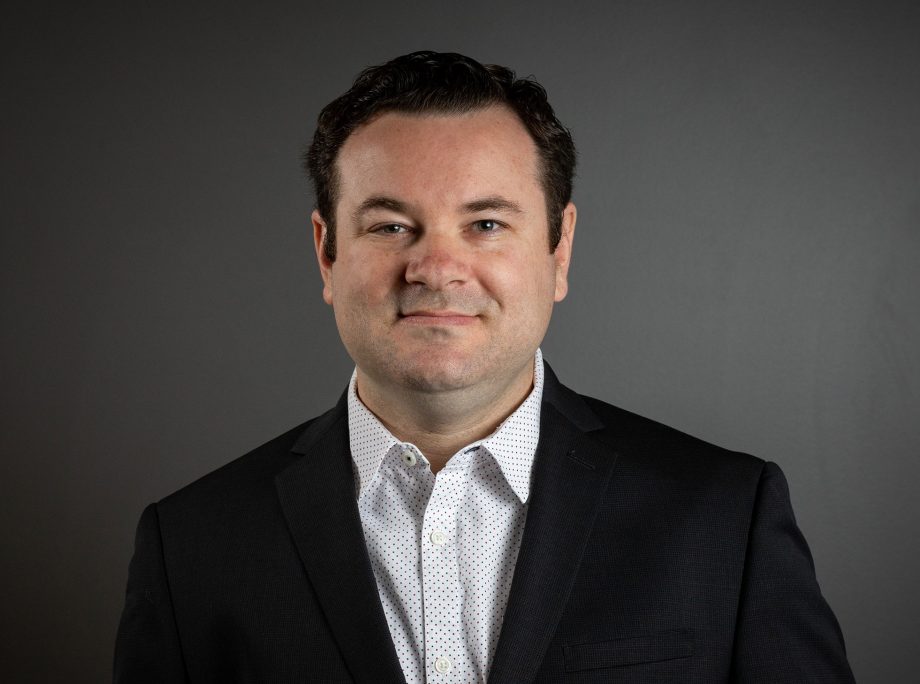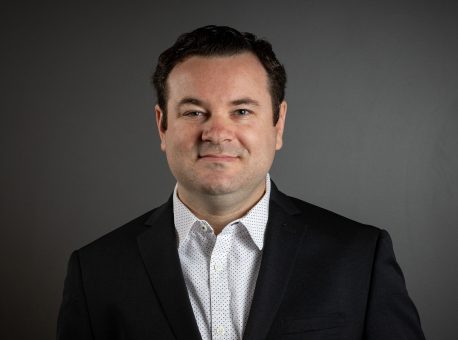Ben Kasdan – Searching for Answers and Innovations in the Changing Housing Market
Urban Land Magazine
April 27, 2020
The future of housing is being influenced by evolving demographics, increased urbanization, higher construction costs, and financially constrained consumers who nonetheless demand meaningful, walkable communities.
Today, a shower of innovation rains down on the housing designers and builders who sort through options that include prefabricated homes, modular building components, and low-carbon technologies that support sustainable development goals. What will be built in 2021 and the decades that follow? Smaller homes? Tiny houses? Multi-generational housing? Micro units in high-rise rental towers? Accessory dwelling units?
“Everything we do as architects is in the future,” said Benjamin Kasdan, an associate principal at KTGY Architecture + Planning, based in Tysons, Virginia. “These projects we are working on now are two, three, five, nine, or 11 years away from becoming a reality. We don’t think about the future in a predictive way. We just think about how what we design will benefit future users.”
The Demand Side
Housing’s response to the nation’s demographic shifts are already unfolding, according to participants at the 2020 ULI Housing Opportunity Conference in Miami.
“The demographics are changing what we are addressing, whether it’s through senior housing, whether it’s smaller housing, or whether it’s multiple generations living in the same place. We have to anticipate where these things are going,” said Andrew Burnett, senior principal in the Stantec architectural design studio in Miami.
Multi-generational housing emerges as the nation’s households deal with income inequality and a younger generation that is burdened with student debt. Increasingly, older generations are incorporated into modern households as well.
“Most of the world already lives like this,” Kasdan said. “Our American culture has been leave your parents, strike out on your own, buy your own home, and do your own thing. But the sheer weight of housing costs is forcing us to look at other systems.”
The Supply Side
The effects of autonomous vehicles are speeding toward the housing market and will be particularly profound on multifamily projects. The opportunity is rich. Parking garages will be smaller, and with garages taking up a smaller portion of building footprints, parcels will be opened up for green space or additional development.
“Cars are already parking themselves; you see it on ads on TV now,” Burnett said. “You can save about a third of the space in the garage just by letting cars park themselves. They park better than we do. So, what can you do on a site if you save that third? You can build more densely on a portion of the site, leaving another portion of the site open to future development. So, in 10 years, you are looking at a second project on the same site instead of looking at how to rehab what was already created.”
Rising sea levels due to climate change are forcing new thinking on housing developers in coastal regions. In Miami Beach, sea levels are expected to rise 20 inches (51 cm) by 2040, according to predictions from the National Oceanic and Atmospheric Administration.
Burnett, the Miami-based architect, noted that Florida’s State Road A1A is lined with high-rise residential towers with limited public access to the beaches. “On the other side of these buildings is the ocean, but you’d never know it.”
Active pursuit of resilience calls for change as the sea-level rise of the future threatens thousands of high-rise housing units facing the Atlantic Ocean. The risk must be mitigated. “It could be as simple as taking all of your equipment and your services and utilities and moving them from the ground floor to the second floor. What would that open up and what would that do?” Burnett asked.
For one thing, it is possible that the lower level of the coastline buildings could be altered so that all passersby could enjoy sea breezes and view corridors to the beach. “What does that open up in the space of our cities? What could it change about how we remember the places we live and inhabit? Suddenly seeing the horizon and seeing the ocean from A1A—it’s a much different experience than seeing the walls of glass,” Burnett said.
The future also holds a grim reality that will affect two of the big issues hovering over today’s market: affordability and the undersupply of housing.
The massive baby boom generation, numbering some 70 million Americans born in the postwar era between 1946 and 1964, is aging. The oldest boomer is 74 years old. Some are calling the impending impact of this demographic wave the “silver tsunami.”
Looking ahead, as boomers pass away, a significant amount of available housing stock will be released that can be used by younger generations, said Cheryl Young, senior economist at Seattle-based Zillow Group. That means that between 2027 and 2037, an estimated 920,000 to 1.17 million boomer-owned homes will be vacated due to death every year. In other words, more than 27 percent of today’s owner-occupied housing will “become available” by 2037.
“This sounds a little morbid,” Young noted, “but it’s something we wanted to understand.”


